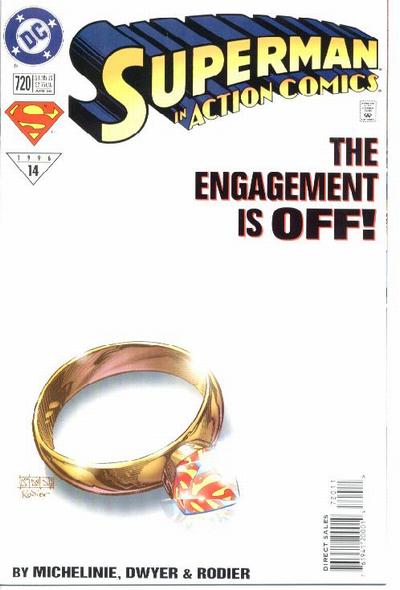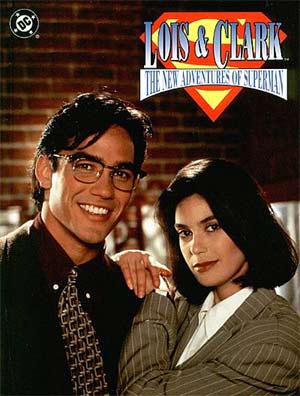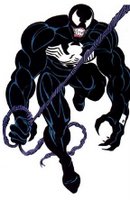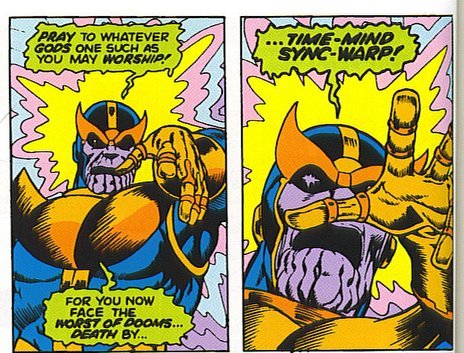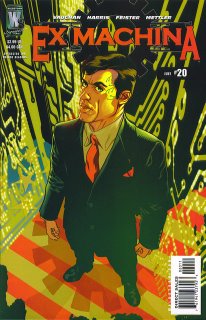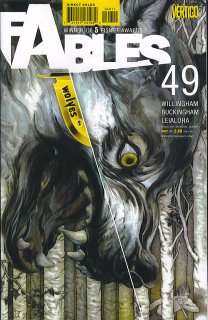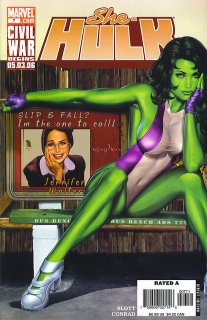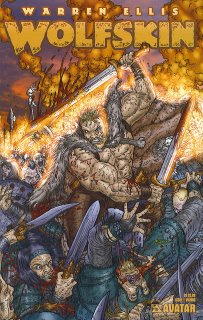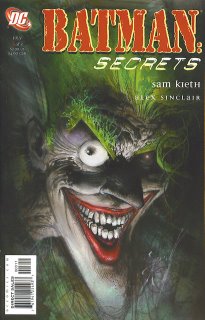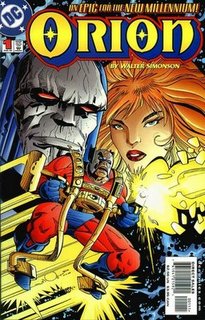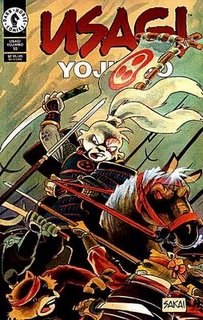Why does DC want me to gouge my own eyes out?

Why, it's Joe Chill, the killer of Thomas and Martha Wayne, getting his head blown off just as Bruce is about to kill him! Joe, obviously, has had better days.
Why, oh why would Greg post this gruesome picture? Well, I think you comic book geeks out there know why. Apparently (I write "apparently" because I haven't read it yet) we learn in Infinite Crisis #7 that Joe Chill, the killer of Thomas and Martha Wayne, has been captured, tried, and convicted of those very killings! Huzzah!
Now, I'm not the biggest stickler for continuity, as you know. It's nice and all, but I don't pore over back issues of Detective Comics when it had Green Arrow back-up stories to find out that Ollie has a third nipple and how dare the artists don't draw that today! But let's consider the fate of the lone gunman who took out Thomas and Martha Wayne lo those many years ago. Pre-Crisis stuff was wiped away; I get it. So the mugger becomes some faceless anonymous baddie who is just a symbol of the modern world's horrors, and poor little Brucie can't ever make up for the loss of his parents. Then came Mike W. Barr, ably abetted by the not-yet-insane Todd McFarlane, and in "Year Two," Batman meets the man who killed his parents, Joe Chill, and is about to blast his head off when the Reaper shoots Joe in the head with a gun that apparently causes your entire head to 'splode! That's one powerful gun, I tells ya! But, okay. A new status quo is established. It's 1987.
The Crisis wasn't enough for DC, though. God forbid we leave it alone! So along came Zero Hour! In the zero issue of Batman, we learn that the identity of the killer of Thomas and Martha Wayne remains unknown and that the crime went unresolved. Excellent! Now Batman's war on crime can be seen as a relentless pursuit of his parents' killer, one he can never, ever, ever win! How cool is that? It's 1994.
Well, apparently that wasn't cool enough. So now Joe Chill is incarcerated, although, not having read the issue, I don't know the particulars. I'm sure somebody does!
I'm not going to get into the whole "Why don't real people think comics are cool like we nerds?" thing, but one reason might be because comics fans can have conversations that sound exactly like this:
Neophyte Nerd: Say, whatever happened to the killer of Thomas and Martha Wayne?
Older Nerd: Well, Batman found out it was a guy named Joe Chill who was working for Lew Moxon and when he confronted Chill about it, Chill ran into another room with a bunch of hoods and told them he killed Batman's parents, and the stupid hoods shot him in anger before they could get Batman's name out of him! Oh, those stupid hoods!
Younger Nerd: Man, you're such a tool! Everyone knows that Crisis on Infinite Earths wiped that history out! In "Year Two" (which ran in Detective Comics #575-578), Batman has to make an unholy alliance with Joe Chill and the Gotham gangsters to stop the Reaper, who is carving up people he sees as bad, including gangsters. When Bruce confronts Chill, the Reaper shoots the bad guy in the head and laughs, because he knows that he is the father of Bruce Wayne's fiancèe!
Even Younger Nerd: Oh sure, Older Nerd is a tool! What about you? You're stuck in the Eighties, man! Come on, Zero Hour changed all that, and now Batman's killer is just some random mugger. Get your facts straight, loser!
Grant Morrison: Actually, you're all wrong. As DC's Continuity Caliph, I have decreed that Joe Chill was arrested, tried, and convicted for his heinous crime, and he is now Killer Croc's bitch in Blackgate Prison. So there.
Even Younger Nerd: But isn't Croc on the loose in the latest issues of Batman and Detective?
Grant Morrison (turning into Darkseid): Are you daring to question my mandates! You know I control those weird beams that come out of my eyes and can turn right angles and utterly destroy you!!!!!!
All Nerds: Sorry, sir! You're absolutely correct!!!!
Movie Nerd: I thought the Joker killed Thomas and Martha Wayne?
At which all the nerds and Grant Morrison beat Movie Nerd to death with their authentic replica Batarangs that they bought on eBay.
Normal people walking by would be shaking their heads and saying "No wonder those people never get laid."
I don't care about the status of Joe Chill, you understand. I just wish DC would pick a damned status quo and keep it the damned status quo! The next time someone wants to write a damned Joe Chill story, somebody at DC should have the cajones to say, "No. We're done writing Joe Chill stories. He's in Blackgate prison, sharing a cell with Killer Croc, and that's that. Use your damned imagination and come up with a different story."
I mean, let's review: that's four changes in the story in the past 20 years. Get with it, DC. Pick a foundation and build from that. There are plenty of good Batman stories to tell that DON'T involve who killed his parents.
Sorry. I just have to rant occasionally. You know.

